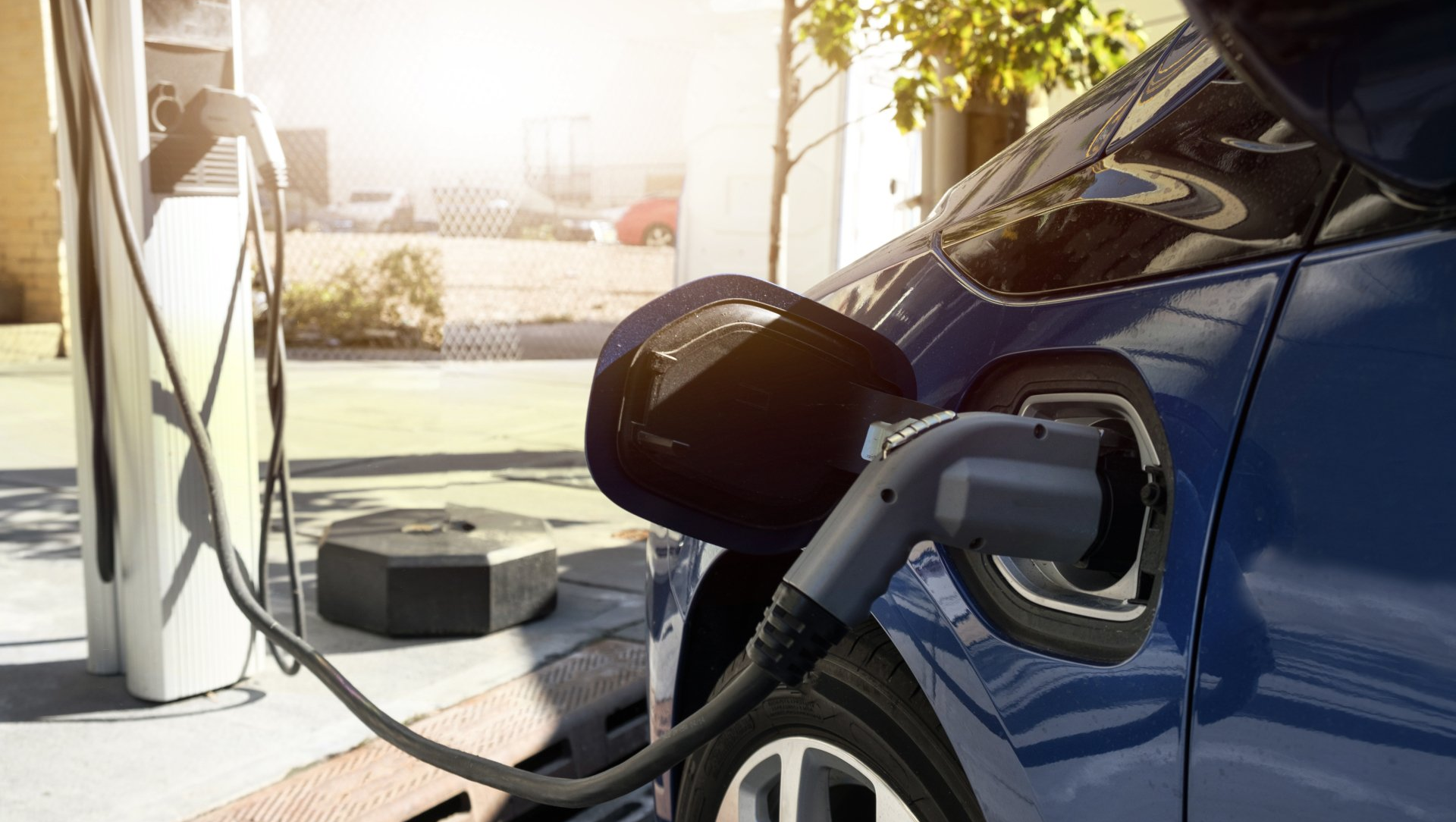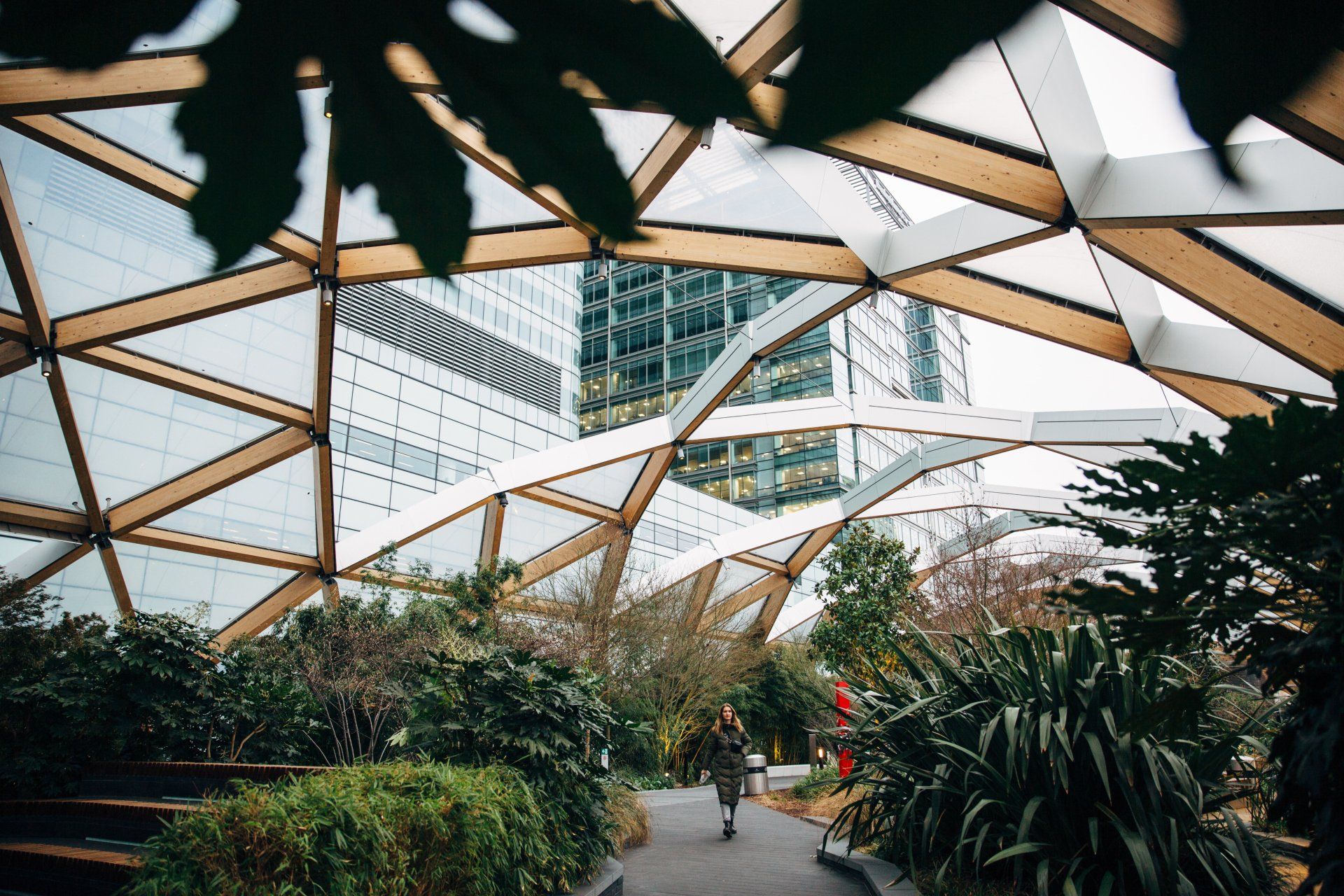Follow us
When it comes to winning first place, the UK is not always known for coming out on top. In fact, you might say in the sporting arena at least, our accomplishments are somewhat inconsistent. However, it seems like there’s one area of acclaim where our achievements are worth celebrating…
Leading the way
If you’re one of the world’s superpowers facing unprecedented global challenges in regard to climate change and you can only be good at one thing, successfully seeking out and switching to renewable energy sources is not a bad skill to have. Not too bad at all.
In fact, according to independent analysis carried out by academics from Imperial College London for Drax Electric Insights, the UK’s move towards renewable energy sources has led to a faster rate of decarbonisation than anywhere else in the world. High fives all round.
Unprecedented changes
The report found that over the last decade the UK power sector’s emissions fell from 161 million tonnes in 2010 to 54 million metric tonnes in 2019. That’s a fall of around two-thirds, all thanks to the unprecedented changes taking place in Britain’s power system, rolled out at a rate never seen before.
Things like carbon prices, shifting away from coal and natural gas, conversions to biomass and the growth in wind capacity, have all made a significant impact on emissions. But it’s the UK’s reductions in electricity demand that steal the limelight.
It seems that despite the national population swelling by 7% and GDP growing by a quarter over the decade, measures such as more energy-efficient lighting and manufacturing have helped keep demand down.

Keeping the pace up
However, the study warns we shouldn’t get complacent. As sectors such as heat and transport make the switch to renewable electricity the decline we’ve seen so far could be reversed and our position as leaders in decarbonisation short-lived. One solution to this problem could be biomass. The report claims biomass energy was more effective at reducing emissions than solar power, meaning it could help share the load.
So, where do we go from here? While the next 10 years remain uncertain, if we keep the pace up it’s possible that renewables could provide more than half of Britain’s electricity by the end of the decade and the power system could be practically carbon-free.
British Gas Solutions
We offer an energy management platform designed to help you understand your business energy usage and have better control over your energy consumption, to help you achieve your goals and reduce your carbon footprint.
Find out more

Wholesale energy prices have experienced unprecedented levels of volatility since the end of summer 2021, with both day ahead/spot and future contracts surging to all-time highs. In the last couple of months, prices have decreased but still remain high compared to a year ago. This period of high energy prices is expected to continue for the foreseeable future (see next section). Energy prices have surged for a number of reasons: A global increase in gas demand following the ease or end of Covid-related restrictions throughout 2021. After the pandemic, economies across the world started to recover. Asian countries like China saw their imports of Liquified Natural Gas (LNG) increase. This resulted in lower LNG shipments to the UK and Europe. On the supply side, the Covid-19 lockdowns pushed some maintenance work from 2020 into 2021 at a time when demand was recovering. In 2021, gas production hit a record low of 363TWh, 47TWh below the previous record low in 2013. Low production was the result of an extensive summer maintenance schedule which saw shutdowns at several major terminals, as well as the Forties Pipeline System which serves a significant proportion of UK gas and oil production. A lack of wind in the summer resulted in higher demand for conventional power. European gas storage in 2021 and Q1’22 remained far below previous years and it’s unclear how these are going to be replenished in the summer given the concerns around supply including the potential suspension of Russian gas flows due to sanctions. The 1,234km offshore Nord Stream 2 gas pipeline, which was designed to double the flow of gas between Russia and Germany (and by extension the rest of Europe) has been abandoned following the invasion of Ukraine. Gas storage in the UK is extremely minimal with capacity at less than 2% of the UK’s annual demand, compared with 22% for other European countries. Whilst the UK is not heavily reliant on gas coming from Russia, it sources almost half it’s gas supply from Europe. Hence, wholesale gas and power prices in the UK are now subject to knock-on-effects from the conflict in Ukraine.

Amidst rising energy costs, digitalisation, growing pressure from stakeholders and increasing regulation, organisations may struggle to define their pathway to a low-carbon future. What can you do to protect your business’ net zero plans from the challenges of volatility? Disruption and volatility are putting organisations under pressure. Digitalisation and new technology developments continue to challenge existing business models. Its increasing dependence on energy and encouraging businesses to drive change to secure competitive advantage. And as customers, employees and shareholders look to engage with companies who understand the importance of decarbonisation, pressure is mounting to prioritise sustainability.

